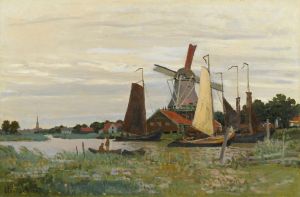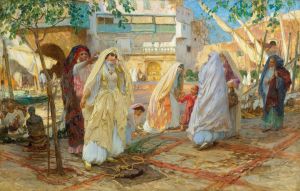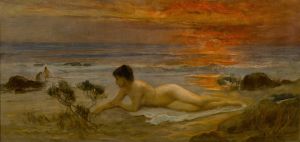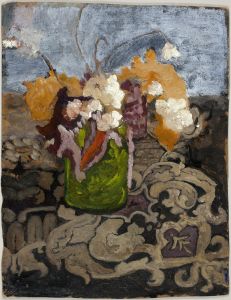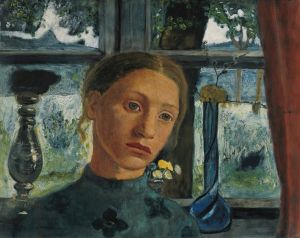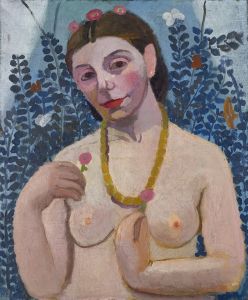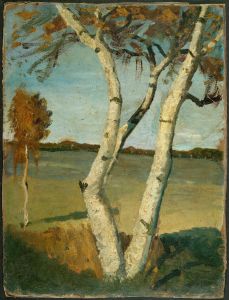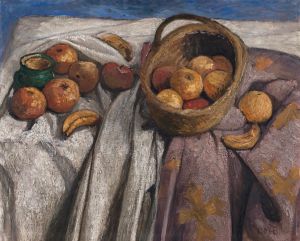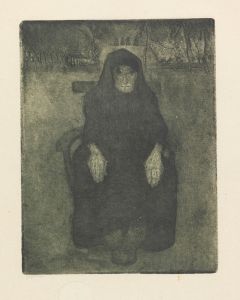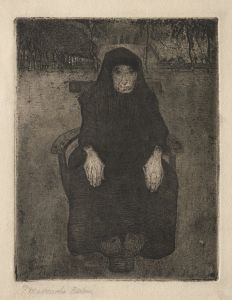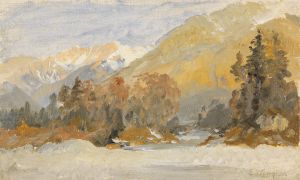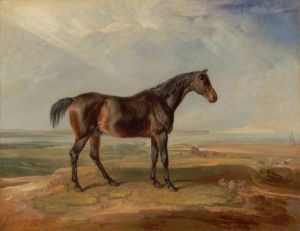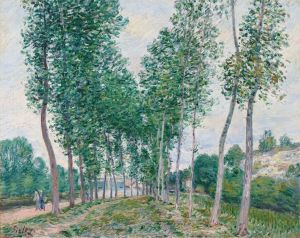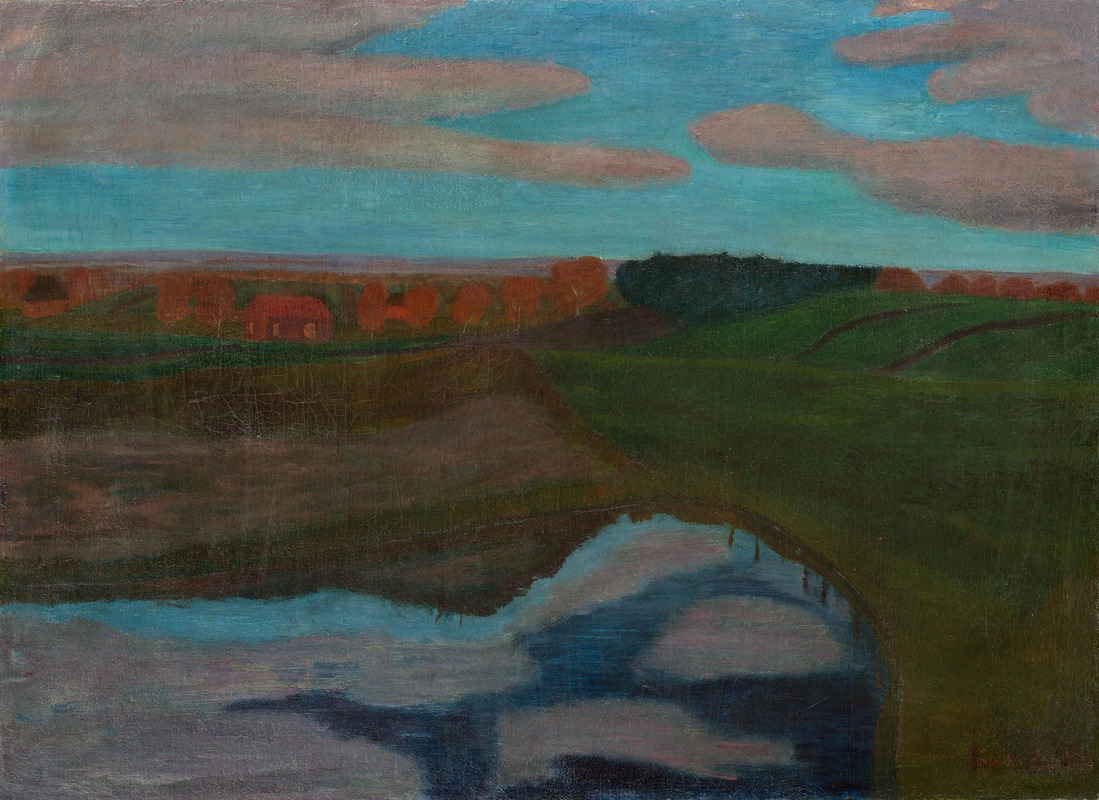
Herbstlandschaft am Weyerberg mit Tümpel
A hand-painted replica of Paula Modersohn-Becker’s masterpiece Herbstlandschaft am Weyerberg mit Tümpel, meticulously crafted by professional artists to capture the true essence of the original. Each piece is created with museum-quality canvas and rare mineral pigments, carefully painted by experienced artists with delicate brushstrokes and rich, layered colors to perfectly recreate the texture of the original artwork. Unlike machine-printed reproductions, this hand-painted version brings the painting to life, infused with the artist’s emotions and skill in every stroke. Whether for personal collection or home decoration, it instantly elevates the artistic atmosphere of any space.
"Herbstlandschaft am Weyerberg mit Tümpel" (Autumn Landscape at Weyerberg with Pond) is a painting by the German artist Paula Modersohn-Becker. Created in 1900, this work is a notable example of Modersohn-Becker's early style, which combines elements of realism and expressionism. The painting depicts an autumnal scene at Weyerberg, a hill located in the region of Worpswede, Germany, where the artist lived and worked for a significant part of her life.
Paula Modersohn-Becker was born on February 8, 1876, in Dresden, Germany. She is considered one of the most important early expressionist painters and was a key figure in the Worpswede artist colony, which she joined in 1898. The colony was known for its focus on naturalistic and rural themes, which is evident in Modersohn-Becker's work.
"Herbstlandschaft am Weyerberg mit Tümpel" captures the serene and melancholic atmosphere of the autumn season. The painting features a pond surrounded by trees with leaves turning shades of yellow, orange, and brown. The composition is balanced, with the pond serving as a focal point that draws the viewer's eye into the landscape. The use of color is particularly striking, as Modersohn-Becker employs a palette that emphasizes the earthy tones of the season, creating a sense of harmony and tranquility.
Modersohn-Becker's technique in this painting reflects her interest in both the natural world and the emotional resonance of the landscape. Her brushwork is confident and expressive, yet retains a certain level of detail that grounds the scene in reality. This duality is a hallmark of her style, which often blends realistic depictions with a more subjective, emotional interpretation.
The artist's time in Worpswede was crucial to her development as a painter. The rural setting provided her with ample inspiration, and the community of artists there fostered a collaborative and supportive environment. Modersohn-Becker's work from this period often features the landscapes, people, and daily life of the region, rendered with a sensitivity to both form and feeling.
In addition to her landscapes, Modersohn-Becker is also known for her portraits and still lifes. Her work was ahead of its time, and she is now recognized as a pioneer of modern art. Unfortunately, her career was cut short by her untimely death in 1907 at the age of 31, shortly after giving birth to her daughter. Despite her brief career, she left behind a significant body of work that continues to be celebrated for its innovation and emotional depth.
"Herbstlandschaft am Weyerberg mit Tümpel" is a testament to Paula Modersohn-Becker's ability to capture the essence of a moment in nature. It reflects her unique vision and her contribution to the development of early 20th-century art. Today, her paintings are held in high regard and can be found in major art collections and museums around the world, where they continue to inspire and move viewers with their beauty and emotional power.





